Flesh Eating Bacteria

Severe stomach pain, blood infections, wounds that grow and get worse--these are all the symptoms of Vibrio vulnificus, or flesh eating bacteria. The United States sees almost 100 cases of this per year, and they almost all come from beaches around the Gulf of Mexico.
There are a couple ways that someone can contract flesh eating bacteria at the beach. One is to enter the water with an open wound--it provides easy access to the microbes that cause the condition. However, it can also be contracted through eating raw oysters that have come into contact with the bacteria.
Various Stomach Bugs

While they might not all be as serious and deadly as some other diseases, there are a number of stomach bugs that you can pick up at the beach. The weaker ones can leave you with a little nausea, but on the more serious end of the spectrum, you can also find diseases like Giardia and Campylobacter on the beach.
The presence of these stomach bugs can be traced back to one thing--poop. In addition to wild animals that might be harboring these illnesses, human waste can also make its way to the beach thanks to nearby water treatment plants or heavy rainfall that can carry the waste long distances.
MRSA
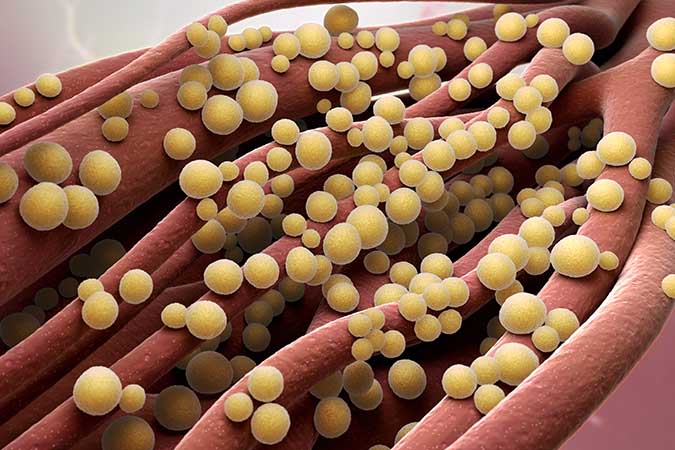
A regular staph infection can be bad enough, but MRSA can prove to be downright deadly. This super bug can lead to painful abscesses that have difficulty healing. If not treated quickly, the infection can spread to other parts of the body.
While we most commonly associate MRSA breakouts with hospitals, the bacteria that causes the condition is present at many beaches as well. In beaches near the equator, visitors have almost a 40% chance of encountering the bacteria.
Legionnaire's Disease
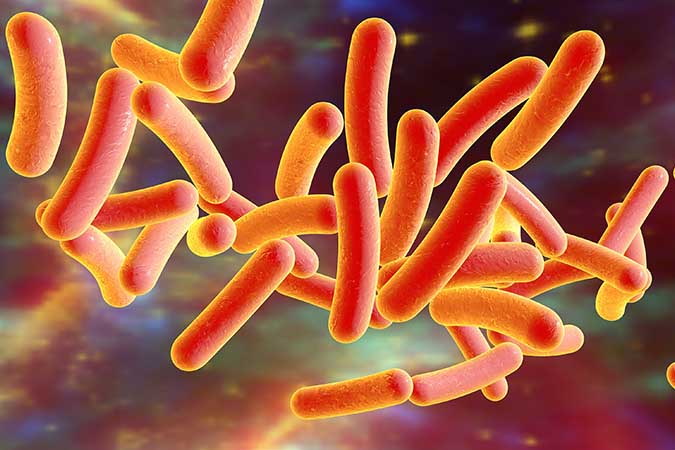
Legionnaire's disease is not something you want to come down with--it's similar to pneumonia, and almost 15% of cases end in death. And yep, you guessed it, it's something you can catch at the beach.
The most common place on the beach to find the bacteria that causes Legionnaire's is the shower. While you might love getting the sand and saltwater out of your hair, the bacteria love the warm, freshwater environment the shower provides. In one study, researchers found Legionnaire's bacteria in 20% of beach showers in southern Italy.
Hepatitis
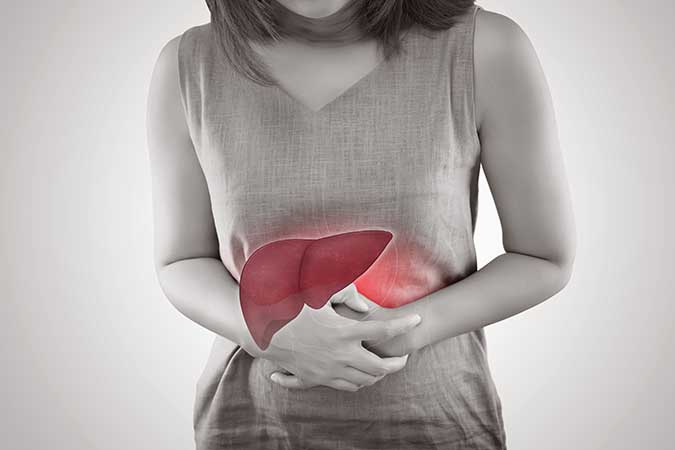
There are different strains of hepatitis, but they all affect the function of your liver. Even in mild cases, patients have been known to fight the disease for months. Not all beachgoers have the same risk level for hepatitis, but there is one group in particular that needs to be careful.
According to some studies, surfers have a higher risk of catching hepatitis than other people. The disease is carried through sewage and other runoff waste, and surfers tend to have more exposure to it. It's so bad in San Diego that they've started a hepatitis vaccination program specifically for surfers.
Brain-Eating Amoebas

It's rare, but it's possible to pick up a brain-eating amoeba at some beaches. The amoeba enters your body via the nose and eventually reaches the brain. While human brains are not their first choice for a meal, they're not picky eaters when their options are limited. Early symptoms generally mimic something like the flu, but these progress to seizures, hallucinations, and, in most cases, death.
Thankfully, these deadly creatures are only found at freshwater beaches--and even then, they're rare. The risk is typically highest in the late summer months, when water temperatures are at their highest.
Cercarial Dermatitis
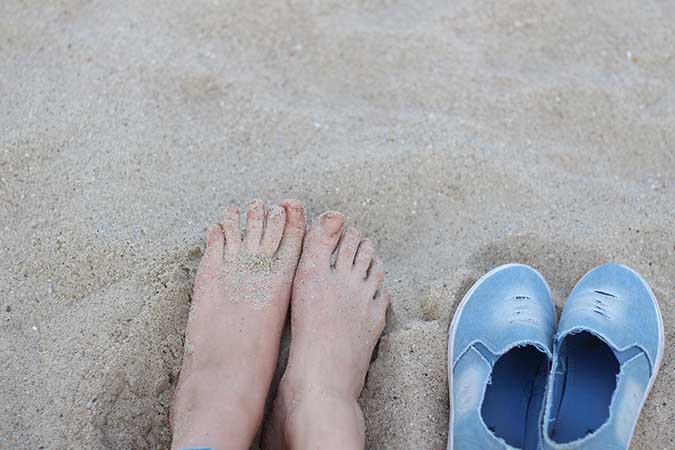
While it's not the most dangerous condition on this list, cercarial dermatitis (aka "swimmer's itch") can ruin your day at the beach. Caused by parasite larva, swimmer's itch leads to a blistery rash with intense itching. Thankfully, the condition generally resolves itself within a few days.
Swimmer's itch is another disease that's found only at freshwater beaches, especially in the water just near the shore. Saltwater swimmers might also experience itching, but that generally comes from exposure to jellyfish larva.
Algae Toxins
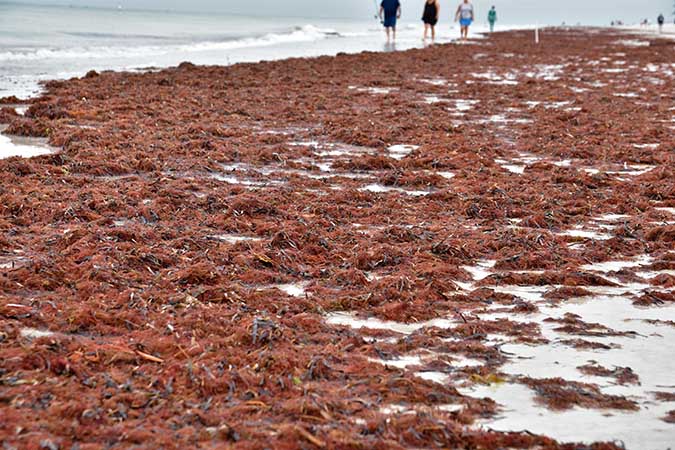
An algae bloom occurs when water conditions are just right for algae plants to grow and multiply rapidly. It can be bad for the surrounding ecosystem, and it can also be dangerous for swimmers too. The toxins produced by some forms of algae can lead to rashes, liver damage, or even nerve damage.
Algae blooms are more likely to be a problem on beaches where fertilizer runoff reaches the ocean. This extra nutritional boost allows the plants to thrive better than they would under normal conditions.
Cryptosporidium

There's nothing like two weeks of nausea, cramps, and vomiting to put a damper on your vacation (and your return home). But that's exactly what cryptosporidium can do to beachgoers unlucky enough to encounter it.
This nasty little parasite is right at home in the water, which makes it incredibly easy to pick up at the beach. Many cases involve people who accidentally drank contaminated water, but it can also occur just by swimming in it.
Pseudomonas Infection
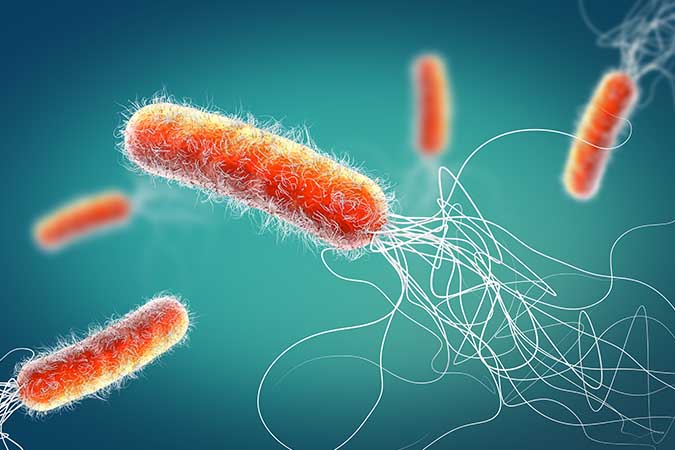
A pseudomonas infection can range from annoying to downright deadly. For some, it may only cause a mild rash or irritation. But for those with a weak immune system, it can lead to serious complications with your respiratory, digestive, and urinary systems.
Most cases of pseudomonas come from hospitals, but the bacteria can be found in sand at the beach as well. So, direct contact with wounds on your feet can be one way for the infection to take hold.
Lyme Disease
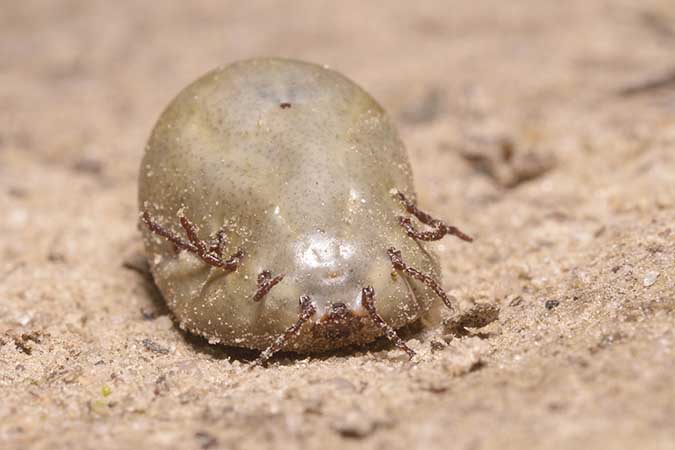
This tick-borne illness is most commonly associated with wooded areas, but we've got bad news--you can catch it at the beach, too. Some species of ticks can be found in the sand, especially if its near a patch of beach grass.
Thankfully, you can keep Lyme disease and its painful symptoms at bay by using insect repellant. It may seem weird to bring it to the beach, but it could be a lifesaver!
Ear Infection

You might think of ear infections as something kids have to deal with, but spend a day at the beach and you might end up with one as well!
In addition to certain diseases that can lead to ear pain, you can also catch an infection by merely exposing your ears to water for too long. Thankfully, ear infections are easily treatable, even if they are a hassle.
Hookworm
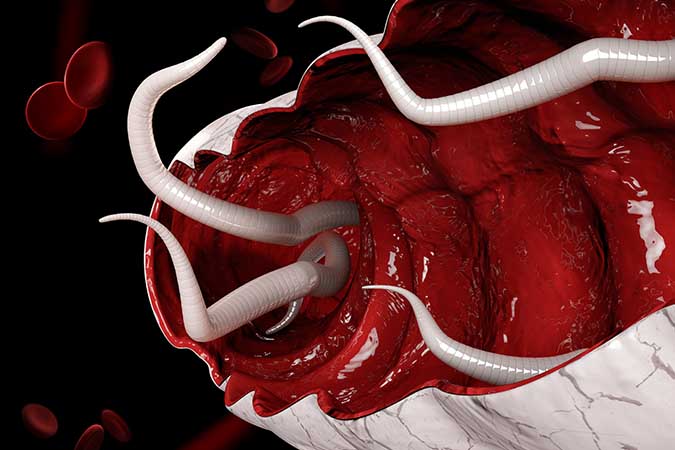
If catching hookworms at the beach wasn't terrifying enough, you might not even know you have them. In the early stages of an infection, symptoms are typically nonexistent. Although, if left untreated, hookworms can cause fluid buildup in the abdomen and even heart failure.
We have our furry friends to blame for this beach disease. Dog feces can carry hookworm larvae, and if you accidentally step in some, you could possibly get infected.
Enteric Bacteria
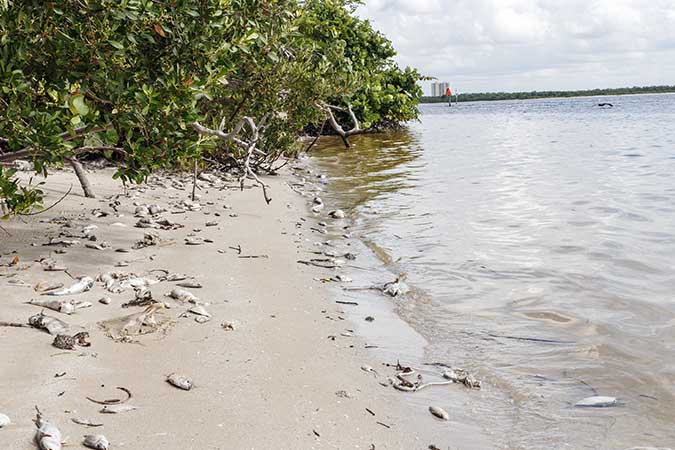
Enterococcus is a type of bacteria that can lead to a number of different health problems. These include serious issues like heart infections, diverticulitis, and meningitis. Things are made worse by the fact that this particular strain of bacteria is naturally resistant to several common antibiotics.
This is another beach disease where poop is to blame. The bacteria is found in feces, and if it makes it to the water, contamination is possible. Some scientists speculate that bird feces in particular are to blame for the presence of this bacteria in and around the water.
Roundworms

There are plenty of worms at the beach, and, trust us, you don't want any of them--roundworms included. In the early stages of an infection, you might not notice any symptoms. However, as the worms grow, you may notice nausea, vomiting, and, most terrifyingly, worms in your feces.
Roundworm is present in dog feces, and most human infections are caused by accidental ingestion. No one goes to the beach actively looking to eat dog poop, but something like an accidental fall face first into the sand could be enough to trigger an infection.
 Author
Alot Travel Team
Last Updated: December 14, 2023
Author
Alot Travel Team
Last Updated: December 14, 2023